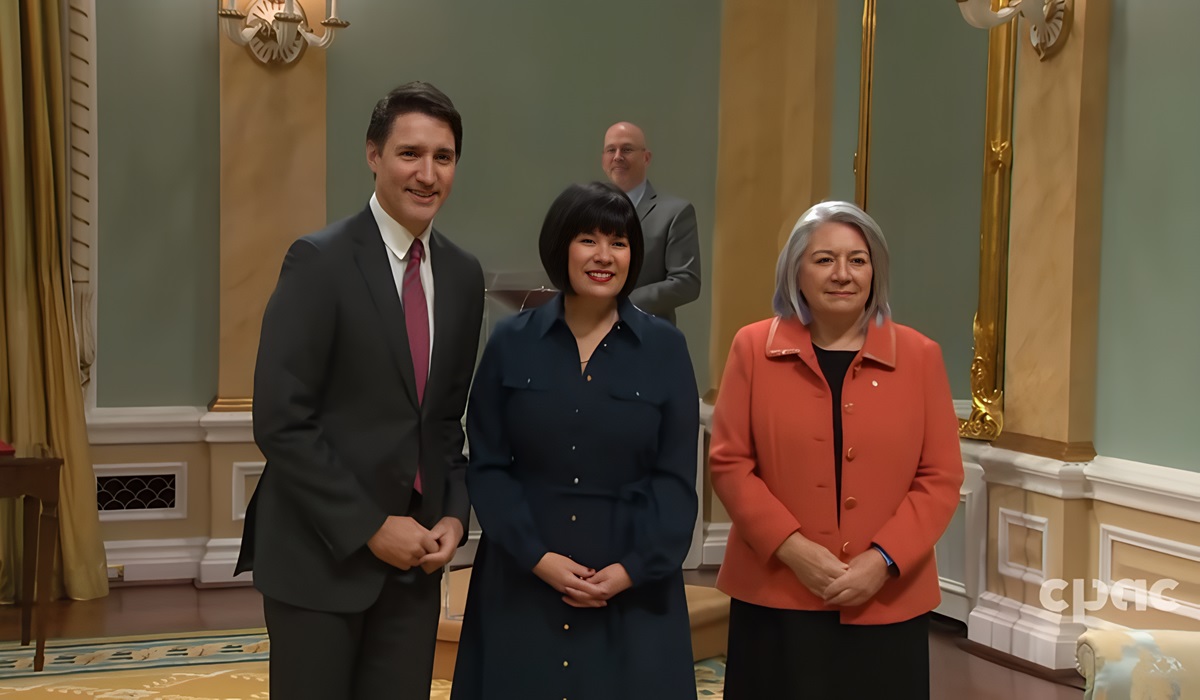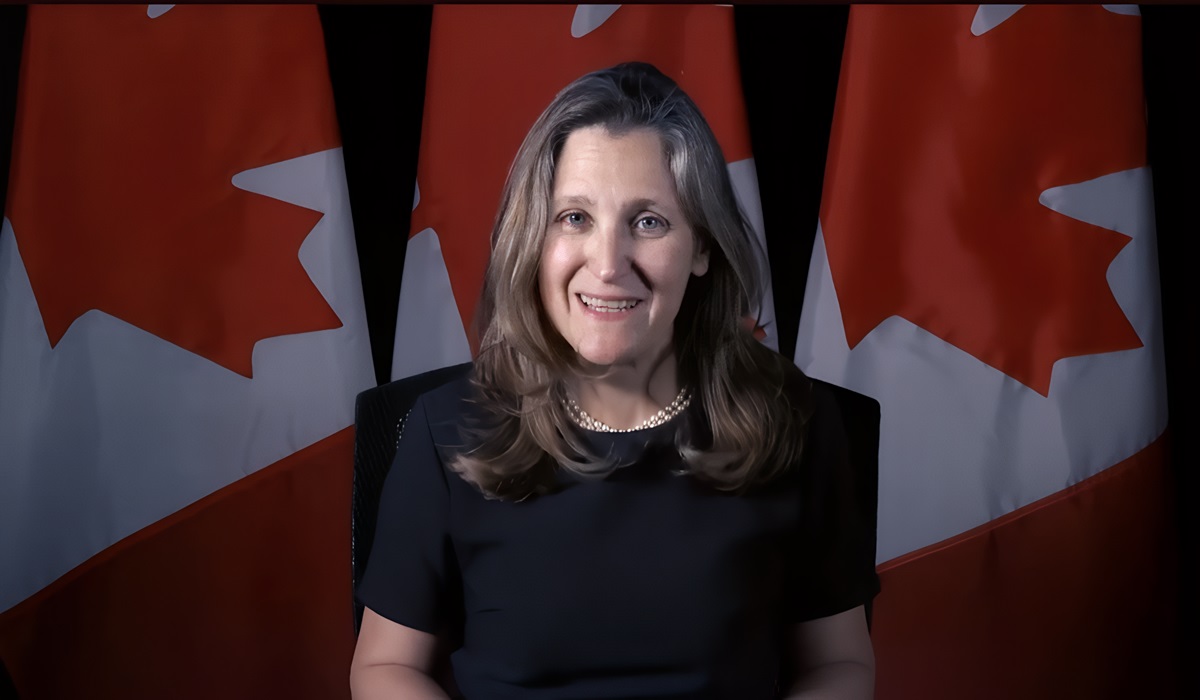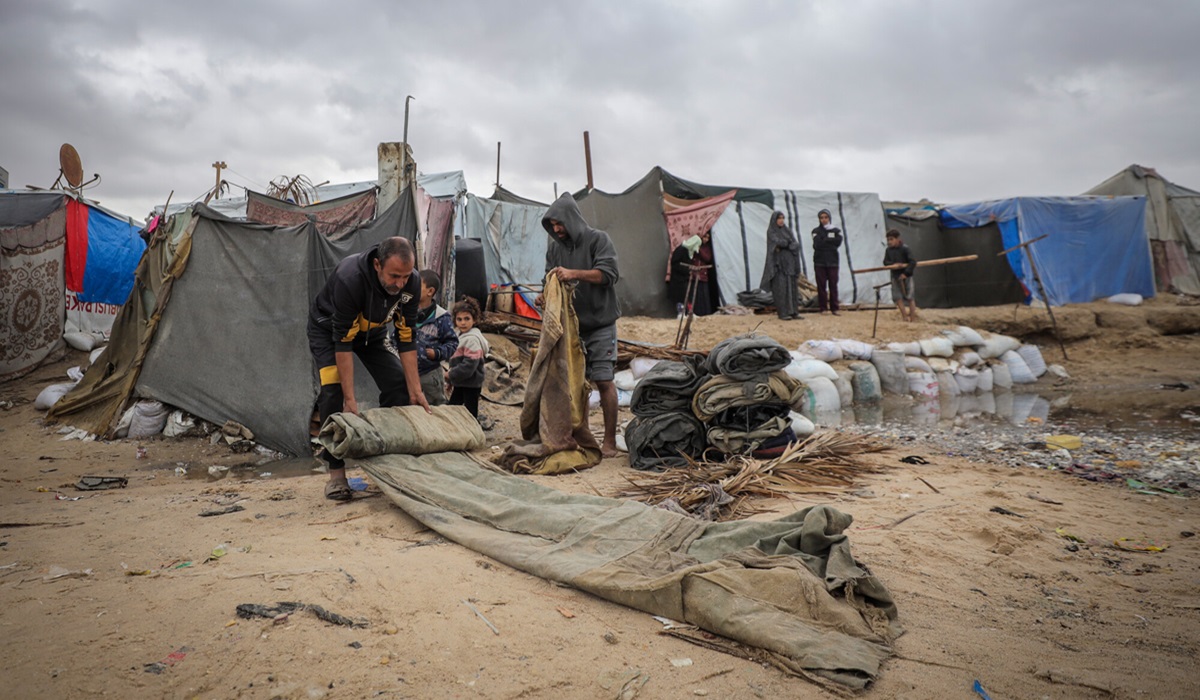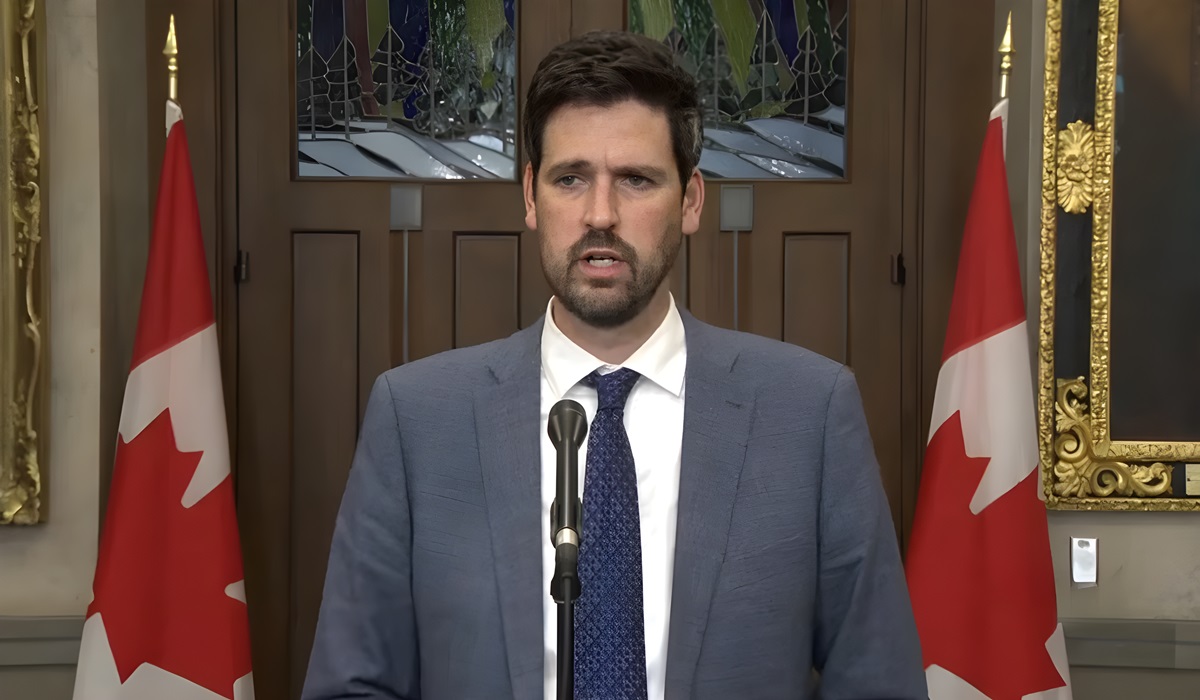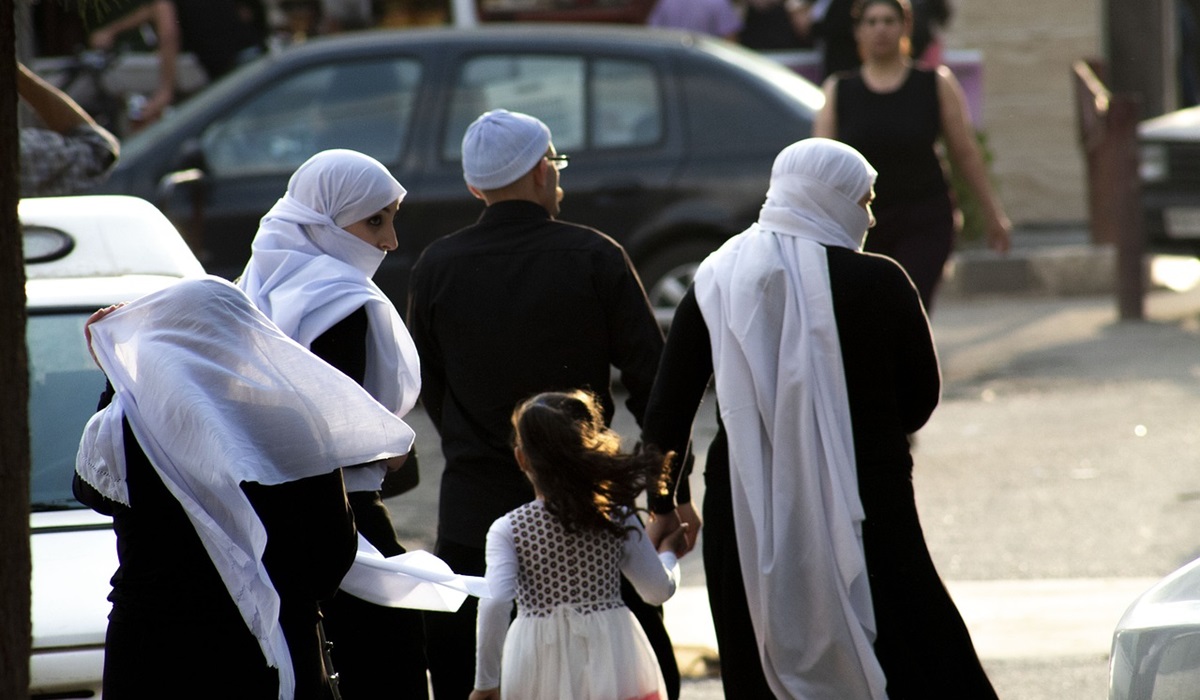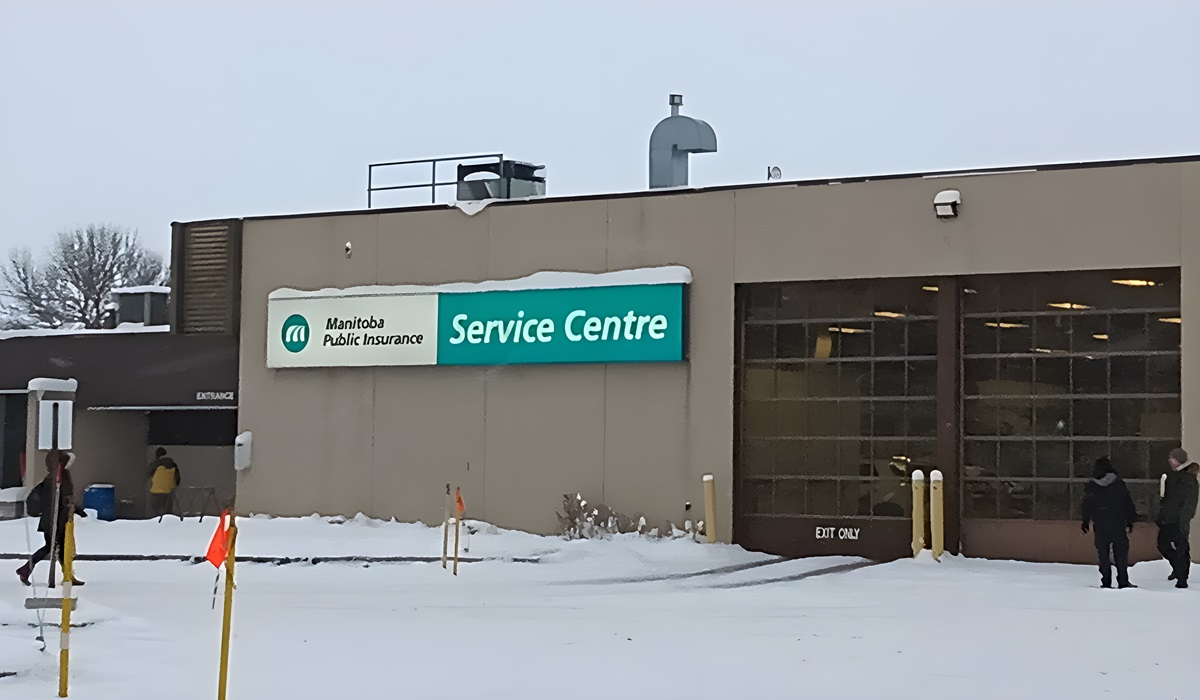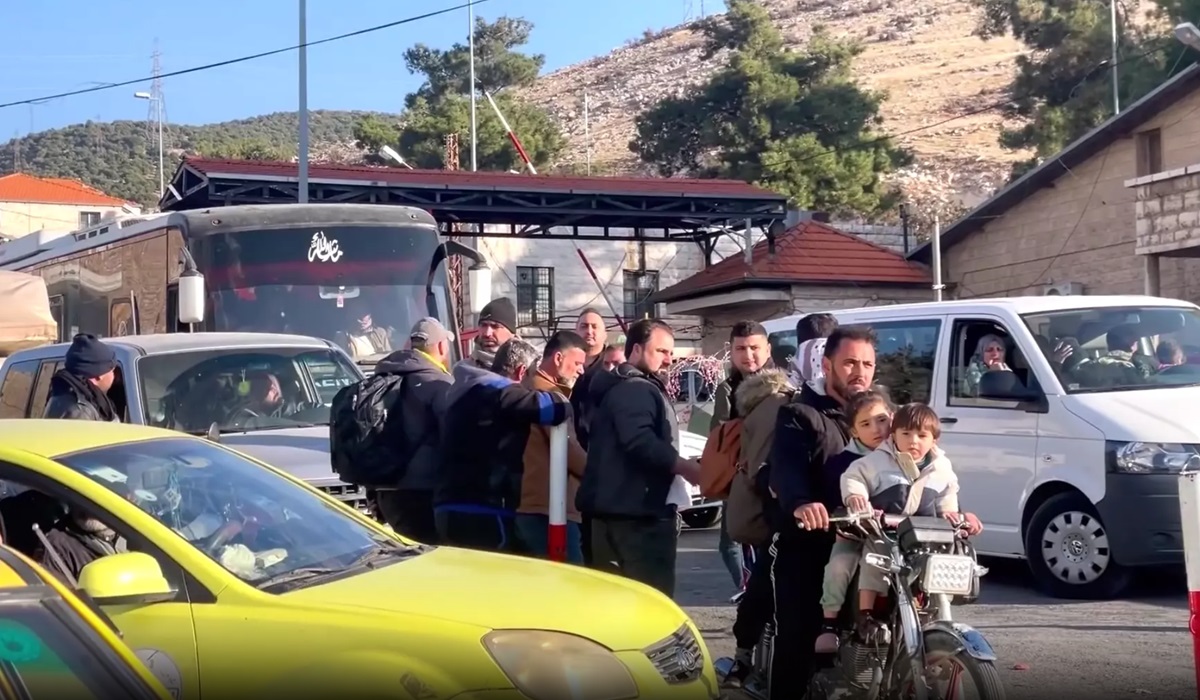The Fragility of a Ceasefire: A Closer Look at the Israeli-Hamas Truce
- TDS News
- Breaking News
- Middle East
- November 24, 2023
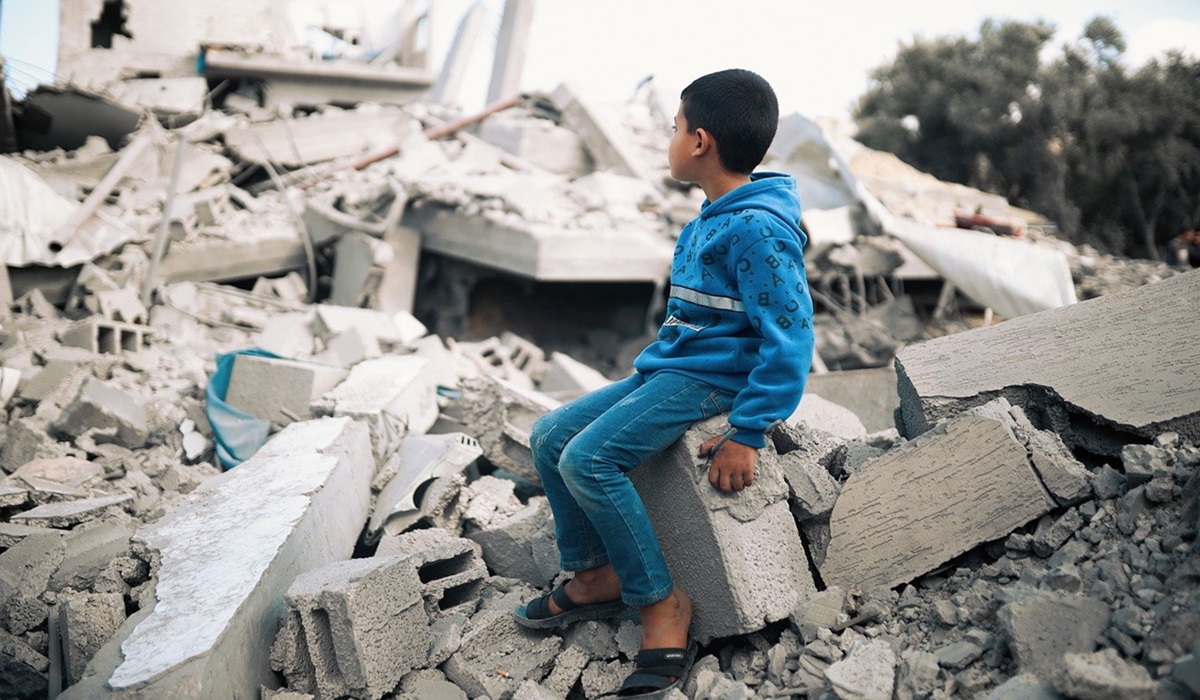
A temporary ceasefire has emerged as a glimmer of hope in a region marred by conflict, albeit one shrouded in uncertainty. The recent agreement between the Israeli military and Hamas brokered in exchange for a prisoner swap, has sparked a mix of relief and skepticism. As 29 Israelis and 39 Palestinians were released in the exchange at the Rafah Border Crossing into Egypt, attention turns to the four-day ceasefire currently in effect.
However, amidst the cautious optimism, questions linger about the efficacy of a mere four days of respite when the spectre of continued bombings looms. The exchange, while a step towards de-escalation, raises concerns about the sustainability of peace in the long run.
The pivotal role played by the Foreign Ministry of Qatar in the hostage negotiations adds a layer of complexity to the situation. It is a delicate diplomatic dance required to navigate the intricate web of interests in the region.
“Almost two months have passed, over 14,500 Palestinians have been killed, 6,150 of them children, and Canada’s Liberal government still hasn’t called for a ceasefire,” laments the advocacy group. This statement highlights the urgency of addressing the humanitarian crisis that has unfolded, putting innocent lives at risk.
The hostage release comes at reports from the Israeli Defence Minister, stating over 200 people are being held by Hamas as a result of the events on October 7 and adding another 1,200 killed.
The temporary truce between Israel and Hamas opens a brief opportunity for the delivery of crucial humanitarian aid. The United Nations reports that 137 aid trucks reached their destination on the first day of the truce. Nevertheless, the harsh reality persists that numerous aid vehicles have faced prolonged blockades, intensifying the urgent need for regional assistance.
The issue of families separated by conflict is a poignant reminder of the human toll of the ongoing hostilities. Reuniting these families becomes crucial to any ceasefire agreement, emphasizing the human element often lost in geopolitical calculations.
As the countdown to the end of the four-day ceasefire begins, the focus shifts to the broader implications. What happens when all Israeli hostages in Gaza are returned and Palestinians imprisoned in Israeli jails are freed? The delicate balance of power and grievances that fueled the conflict must be addressed for any ceasefire to hold.
Canada’s New Democrat Party (NDP), Green Party and Bloc Quebecois have all pressed the Canadian government to call for a ceasefire. However, Prime Minister Trudeau has stopped short while calling for a “Humanitarian Pause” which has been in line with the Conservatives. The plea for a just and long-term solution resonates as Canadians and the international community watch the horrific unfolding events within the region. The temporary relief provided by the ceasefire underscores the need for a permanent resolution to the hostilities, addressing the root causes of the conflict and ensuring the well-being of all affected parties.
While the current ceasefire offers a brief respite, the true test lies in the ability of all parties involved to move beyond short-term agreements and work towards a lasting peace. The immediate focus should be on providing essential aid, reuniting families, and urging the international community to play a constructive role in fostering a just and enduring solution to the Israeli-Hamas conflict.

